Home>Technology>Smart Home Devices>How To Align Printer Cartridge
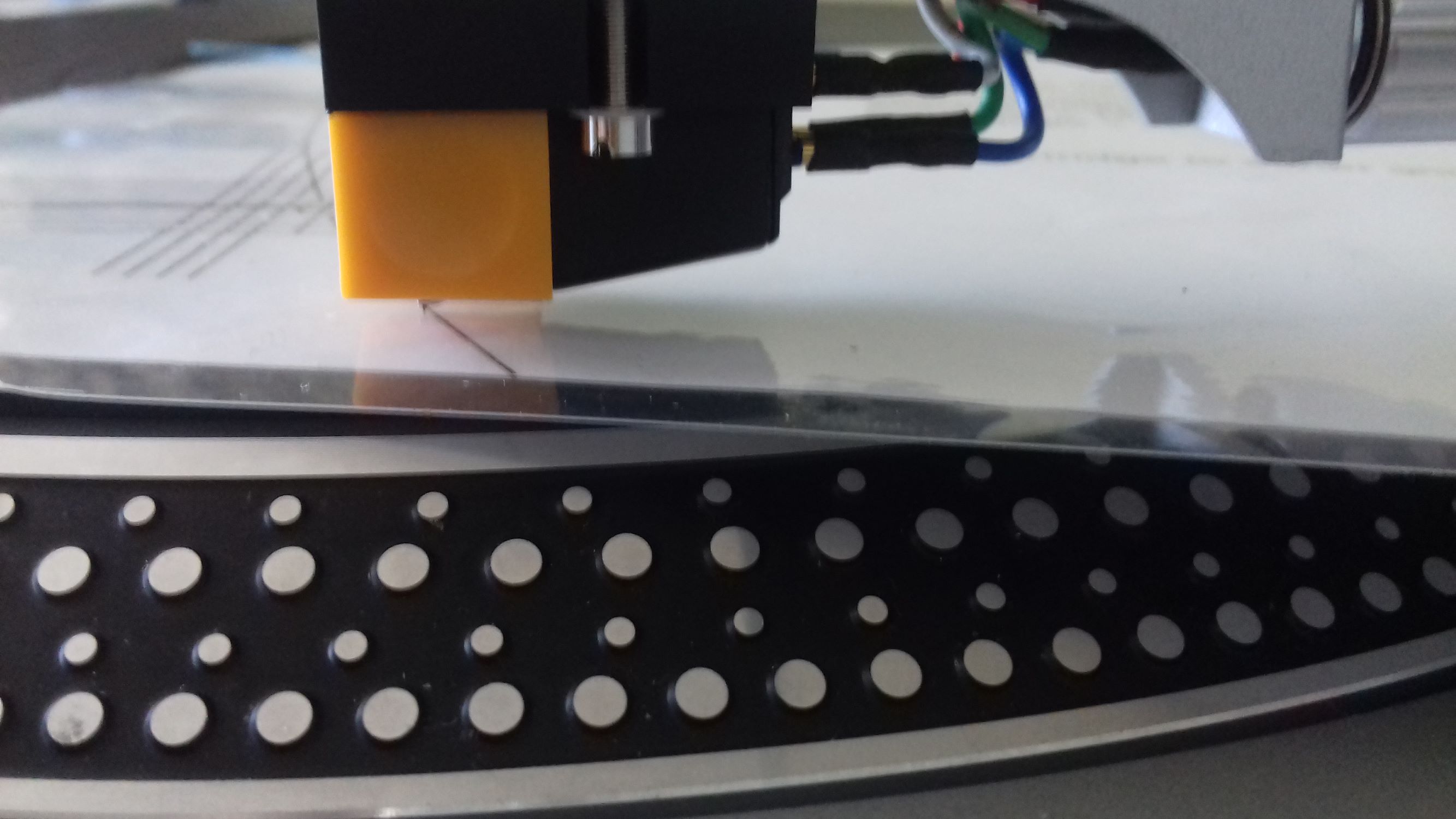

Smart Home Devices
How To Align Printer Cartridge
Modified: January 22, 2024
Learn how to align your printer cartridge for optimal printing quality with our step-by-step guide. Keep your smart home devices running smoothly.
(Many of the links in this article redirect to a specific reviewed product. Your purchase of these products through affiliate links helps to generate commission for Storables.com, at no extra cost. Learn more)
Introduction
Welcome to the world of smart home devices, where technology seamlessly integrates with our daily lives to enhance convenience, security, and efficiency. One of the most popular and versatile categories within this realm is smart home devices. These innovative gadgets encompass a wide range of products designed to automate and simplify various aspects of home management, from entertainment and security to energy conservation and environmental control.
In this article, we will delve into the fascinating world of smart home devices, exploring the latest trends, cutting-edge technologies, and practical applications that are revolutionizing the way we interact with our living spaces. Whether you are a tech enthusiast looking to upgrade your home with the latest gadgets or a homeowner seeking to streamline your daily routines, this comprehensive guide will provide valuable insights and recommendations to help you make informed decisions.
From voice-activated assistants and smart thermostats to connected lighting and home security systems, the possibilities are virtually endless when it comes to incorporating smart devices into your home. We will navigate through the myriad options available on the market, offering expert advice on selecting the right devices for your specific needs and preferences. Additionally, we will explore the integration of these devices into a cohesive and interconnected smart home ecosystem, enabling seamless communication and control across different platforms and devices.
Furthermore, we will discuss the underlying technologies that power smart home devices, shedding light on wireless connectivity protocols, artificial intelligence, machine learning, and data privacy considerations. Understanding these technological foundations is crucial for maximizing the potential of smart home devices while safeguarding your personal information and digital security.
As we embark on this journey through the realm of smart home devices, prepare to be inspired and empowered to transform your living space into a cutting-edge, intelligent environment that caters to your unique lifestyle and aspirations. Let's dive into the exciting world of smart home devices and discover the endless possibilities that await within your connected home.
Key Takeaways:
- Proper installation, alignment, and testing of printer cartridges are crucial for high-quality prints and optimal printer performance. Understanding cartridge types, compatibility, and capacity empowers informed decision-making.
- Checking compatibility, following installation guidelines, and aligning cartridges accurately are essential for professional-looking documents and images. Testing alignment and troubleshooting issues ensure consistent and reliable print output.
Read more: How To Align A Printer
Understanding Printer Cartridges
Printer cartridges are essential components of modern printing technology, serving as the reservoirs for ink or toner that is deposited onto paper to produce text and images. Understanding the different types of printer cartridges, their functions, and compatibility is crucial for optimizing printing quality and efficiency.
There are two primary types of printer cartridges: inkjet cartridges and toner cartridges. Inkjet cartridges are commonly used in inkjet printers, where liquid ink is sprayed onto the paper to create images and text. On the other hand, toner cartridges are utilized in laser printers, employing powdered toner to fuse text and images onto the paper through a heat-based process.
When selecting printer cartridges, it is important to consider compatibility with your specific printer model. Different printers require cartridges with precise specifications to ensure seamless integration and optimal performance. This includes matching the cartridge model, brand, and ink or toner type to the printer’s requirements.
Printer cartridges come in various configurations, including individual color cartridges and combined color cartridges. Individual color cartridges contain separate reservoirs for each primary color (cyan, magenta, yellow, and black), allowing for more efficient replacement of depleted colors. Conversely, combined color cartridges feature a single unit containing all primary colors, simplifying the cartridge replacement process but potentially leading to ink wastage if one color runs out before the others.
Understanding the capacity of printer cartridges is also essential for managing printing costs and frequency of replacements. Cartridge capacity is typically measured in terms of page yield, indicating the number of pages that can be printed before the cartridge needs to be replaced. High-capacity cartridges offer greater page yields, reducing the frequency of replacements and overall printing costs, while standard-capacity cartridges are more suitable for low-volume printing needs.
Moreover, the quality of printer cartridges directly impacts the output quality of printed materials. Genuine OEM (Original Equipment Manufacturer) cartridges are specifically designed for compatibility with respective printer models, ensuring optimal performance and print quality. Alternatively, compatible and remanufactured cartridges provide cost-effective options, though careful consideration of quality and compatibility is essential to avoid potential issues.
By understanding the intricacies of printer cartridges, including their types, compatibility, capacity, and quality, users can make informed decisions when selecting and utilizing cartridges for their printing needs. This knowledge empowers individuals and businesses to achieve high-quality prints while optimizing cost-efficiency and environmental sustainability through responsible cartridge management.
Checking Printer Compatibility
Ensuring compatibility between printer cartridges and the corresponding printer is crucial for seamless functionality and optimal printing performance. Before purchasing or installing a new cartridge, it is essential to verify its compatibility with the specific printer model to avoid potential issues and maximize the printing experience.
The first step in checking printer compatibility is to identify the exact printer model for which the cartridge is intended. This information can typically be found on the printer itself, often located on a label or display panel. Additionally, the printer model may be listed in the user manual or documentation provided at the time of purchase.
Once the printer model is confirmed, it is important to cross-reference this information with the specifications of the replacement cartridge. This includes verifying the cartridge model number, brand, and ink or toner type to ensure alignment with the printer’s requirements. Many printer manufacturers provide compatibility information on their official websites or product packaging, offering a convenient resource for users to validate cartridge compatibility.
When selecting compatible cartridges, it is essential to distinguish between OEM (Original Equipment Manufacturer) cartridges and third-party alternatives. OEM cartridges are specifically designed and manufactured by the printer’s original brand, ensuring seamless integration and optimal performance. Third-party cartridges, including compatible and remanufactured options, may offer cost savings but require careful consideration of compatibility and quality to avoid potential issues such as leakage, print quality discrepancies, or printer malfunctions.
Furthermore, understanding the type of printer technology employed by the specific printer model is crucial for selecting compatible cartridges. Inkjet printers require ink cartridges, while laser printers utilize toner cartridges. Additionally, some printers may support specialized cartridges for photo printing, document printing, or high-capacity printing, necessitating precise compatibility validation for optimal results.
It is also important to consider the region-specific compatibility of printer cartridges, as certain models may have variations tailored to different geographic markets. Cross-referencing the printer model with the recommended cartridge options for the respective region helps ensure that the selected cartridges are fully compatible and compliant with regional standards and specifications.
By diligently checking printer compatibility before purchasing and installing cartridges, users can mitigate the risk of compatibility issues and streamline the printing process. This proactive approach not only safeguards the printer’s functionality but also contributes to the consistent delivery of high-quality prints, ultimately enhancing the overall printing experience for home and business users alike.
Installing the Cartridge
Installing a printer cartridge is a straightforward yet essential process that ensures the seamless operation of the printer and the production of high-quality prints. Whether replacing an empty cartridge or installing a new one, following the manufacturer’s guidelines and best practices is crucial for a successful and trouble-free installation.
Before beginning the installation process, it is advisable to prepare the printer and the new cartridge by following these steps:
- Power off the printer: Ensure that the printer is turned off before proceeding with the cartridge installation to prevent potential damage or mishaps.
- Remove the old cartridge: If replacing an existing cartridge, carefully open the printer’s cartridge access door or panel and remove the old cartridge according to the printer’s user manual or visual instructions.
- Unpack the new cartridge: Take the new cartridge out of its packaging, being mindful not to touch the contacts or ink/toner nozzles to avoid potential damage or contamination.
Once the preparatory steps are completed, the installation of the new cartridge can commence. The following general guidelines apply to most inkjet and laser printers:
- Align the cartridge: Ensure that the new cartridge is correctly aligned with the designated slot or compartment within the printer, following the specific instructions provided by the printer manufacturer.
- Insert the cartridge: Gently insert the cartridge into its designated slot, applying even pressure until it securely snaps into place. Take care to align the cartridge according to the indicated orientation to prevent installation errors.
- Close the cartridge access door: Once the new cartridge is installed, carefully close the cartridge access door or panel, ensuring that it is securely latched to maintain proper printer functionality.
- Power on the printer: Turn on the printer and allow it to complete the cartridge initialization process, which may involve priming the ink or toner and calibrating the cartridge for optimal performance.
It is important to note that the specific installation steps and procedures may vary depending on the printer model and cartridge type. Therefore, referring to the printer’s user manual or the cartridge installation instructions provided by the manufacturer is highly recommended to ensure accurate and successful installation.
By following these guidelines and exercising care during the installation process, users can effectively install printer cartridges with confidence, enabling the printer to produce high-quality prints while maintaining optimal performance and reliability.
Before installing a new printer cartridge, make sure to align it properly by following the instructions in the printer’s manual or on the manufacturer’s website. This will ensure that the print quality is optimal and prevent any potential issues with the cartridge.
Aligning the Cartridge
Aligning the printer cartridge is a critical step in ensuring the accuracy and precision of printed output. Proper alignment helps optimize print quality by ensuring that text and images are accurately positioned and sharp, minimizing potential misalignments or inconsistencies. The alignment process may vary depending on the printer model and manufacturer, but the following general guidelines apply to many inkjet and laser printers.
Most modern printers feature an automatic alignment process that can be initiated through the printer’s control panel or software interface. The specific steps for aligning the cartridge typically involve the following:
- Access the printer settings: Navigate to the printer’s settings menu through the control panel or software interface, where the alignment option is usually located under the maintenance or tools section.
- Initiate the alignment process: Select the alignment option and follow the on-screen prompts to begin the alignment process. This may involve printing a test page with alignment patterns or performing internal calibration procedures.
- Review the alignment patterns: Examine the printed alignment patterns on the test page to identify any misalignments, such as gaps, overlaps, or irregularities in the printed patterns.
- Adjust the alignment if necessary: If the printed alignment patterns indicate misalignments, follow the printer’s instructions to make manual adjustments using the control panel or software interface. This may involve selecting the most accurately aligned patterns or inputting correction values as directed.
- Complete the alignment process: Once the necessary adjustments are made, finalize the alignment process through the printer’s settings menu, allowing the printer to store the adjusted alignment settings for future printing tasks.
It is important to note that some printers may feature automatic alignment sensors and mechanisms that detect and correct alignment issues without requiring manual intervention. In such cases, the printer will automatically adjust the cartridge alignment during the initial setup or when a new cartridge is installed.
Additionally, periodic alignment checks and adjustments may be recommended to maintain optimal print quality, especially after installing a new cartridge or if print quality issues are observed. Regular alignment maintenance helps ensure consistent and accurate printing results over time.
By aligning the printer cartridge according to the manufacturer’s specifications and utilizing the available alignment tools and processes, users can optimize print quality and maintain the precision of printed materials, resulting in professional-looking documents and images with crisp, well-defined details.
Read more: How To Use Cartridge Alignment Protractor
Testing the Alignment
After aligning the printer cartridge, it is essential to conduct a thorough testing process to evaluate the effectiveness of the alignment adjustments and ensure the production of high-quality prints. Testing the alignment involves printing sample documents, images, or test patterns to assess the accuracy and precision of the printed output, allowing users to identify and address any remaining alignment issues.
When testing the alignment of the printer cartridge, consider the following steps and best practices:
- Print sample documents: Generate sample documents containing text, graphics, and images to assess the overall print quality, clarity, and alignment accuracy. Pay close attention to the positioning of text and images, looking for any signs of misalignment or irregularities.
- Evaluate test patterns: Utilize alignment test patterns designed to reveal alignment discrepancies, such as grids, lines, or geometric shapes. Assess the uniformity and consistency of the printed patterns, identifying any deviations from the expected alignment.
- Check color registration: For color printing, verify the registration of different ink colors or toner layers, ensuring that they align correctly to produce vibrant and accurately rendered color output without color fringing or misregistration.
- Assess print clarity and sharpness: Examine the sharpness and clarity of printed text and images, looking for any blurriness, smudging, or loss of detail that may indicate alignment or print quality issues.
- Compare with reference prints: If available, compare the test prints with reference prints or previously printed materials to identify any noticeable differences in alignment, color accuracy, or overall print quality.
It is important to conduct testing across various types of print jobs, including text documents, graphics, photographs, and other materials commonly produced with the printer. This comprehensive approach allows for a thorough assessment of the alignment’s impact on different types of printed content, ensuring that the alignment adjustments effectively address any potential issues.
If alignment discrepancies or print quality issues are identified during testing, users should refer to the printer’s user manual or online resources for guidance on further alignment adjustments or troubleshooting steps. This may involve reinitiating the alignment process, performing additional calibration procedures, or seeking assistance from the printer manufacturer’s support resources.
By diligently testing the alignment of the printer cartridge and evaluating the resulting print output, users can confidently verify the effectiveness of the alignment adjustments and address any remaining issues to achieve consistent and high-quality printed materials.
Troubleshooting Alignment Issues
Addressing alignment issues with a printer cartridge is essential for maintaining the quality and accuracy of printed output. When alignment problems arise, it is important to follow systematic troubleshooting steps to identify and resolve the underlying causes, ensuring optimal print quality and performance.
Common troubleshooting steps for addressing alignment issues with a printer cartridge include the following:
- Verify cartridge installation: Double-check the installation of the printer cartridge to ensure that it is securely seated in the designated slot and properly aligned according to the manufacturer’s instructions. Reinstall the cartridge if necessary, taking care to align it accurately.
- Clean printheads or laser optics: If print quality issues persist, clean the printheads for inkjet printers or the laser optics for laser printers, as accumulated debris or ink/toner residue may affect alignment and print quality. Follow the printer’s maintenance procedures for printhead or optics cleaning.
- Perform additional alignment procedures: Initiate the printer’s alignment process again to recalibrate the cartridge alignment, following the specific instructions provided by the printer manufacturer. This may involve printing alignment test patterns and making manual adjustments as directed.
- Update printer firmware or drivers: Ensure that the printer’s firmware and drivers are up to date, as outdated software may contribute to alignment issues. Check for and install any available updates from the printer manufacturer’s official website or software update utilities.
- Check for mechanical issues: Inspect the printer for any mechanical issues that may impact cartridge alignment, such as misaligned components, obstructions, or worn parts. Address any identified mechanical issues according to the printer’s maintenance and troubleshooting guidelines.
- Use genuine OEM cartridges: If using third-party or remanufactured cartridges, consider switching to genuine OEM cartridges recommended by the printer manufacturer to ensure optimal compatibility and performance. Genuine cartridges are specifically designed for seamless integration and alignment with the printer.
If alignment issues persist despite troubleshooting efforts, contacting the printer manufacturer’s customer support or technical assistance resources is advisable. Manufacturer support teams can provide expert guidance, diagnostic assistance, and potential solutions for resolving persistent alignment issues, ensuring that the printer operates at its full potential.
Additionally, seeking professional assistance from authorized service providers or technicians may be necessary for diagnosing and addressing complex alignment issues that require advanced technical expertise or specialized tools.
By systematically troubleshooting alignment issues and following the manufacturer’s recommendations for corrective actions, users can effectively address alignment discrepancies and maintain the optimal performance and print quality of their printers, ultimately ensuring consistent and reliable output for various printing needs.
Conclusion
In conclusion, the proper installation, alignment, and testing of printer cartridges are essential for achieving high-quality print output and maintaining the optimal performance of printers. By understanding the intricacies of printer cartridges, including their types, compatibility, capacity, and quality, users can make informed decisions when selecting and utilizing cartridges for their printing needs.
Checking the compatibility of printer cartridges with specific printer models is crucial for ensuring seamless functionality and optimal printing performance. Diligently verifying compatibility information and distinguishing between OEM and third-party cartridges empowers users to make informed choices that align with their printing requirements and preferences.
Installing a printer cartridge involves following manufacturer guidelines and best practices, including preparatory steps such as powering off the printer, removing the old cartridge, and unpacking the new cartridge. By adhering to these procedures, users can successfully install printer cartridges with confidence, ensuring the seamless operation of the printer and the production of high-quality prints.
Aligning the printer cartridge is a critical step in optimizing print quality by ensuring the accuracy and precision of printed output. Following the manufacturer’s alignment processes and utilizing available alignment tools and procedures enables users to maintain the precision of printed materials, resulting in professional-looking documents and images with sharp, well-defined details.
Testing the alignment of the printer cartridge through sample prints, evaluation of test patterns, and comparison with reference prints allows users to assess the effectiveness of the alignment adjustments and address any remaining alignment issues. This comprehensive testing approach ensures the accuracy and precision of printed output across various types of print jobs.
When alignment issues arise, systematic troubleshooting steps, including verifying cartridge installation, cleaning printheads or laser optics, and performing additional alignment procedures, enable users to identify and resolve underlying causes. Seeking manufacturer support and professional assistance, if necessary, ensures that persistent alignment issues are effectively addressed, maintaining optimal print quality and performance.
By adhering to best practices and leveraging the available resources and support, users can confidently navigate the installation, alignment, and testing of printer cartridges, ultimately achieving consistent and high-quality print output while maximizing the performance and longevity of their printers.
Frequently Asked Questions about How To Align Printer Cartridge
Was this page helpful?
At Storables.com, we guarantee accurate and reliable information. Our content, validated by Expert Board Contributors, is crafted following stringent Editorial Policies. We're committed to providing you with well-researched, expert-backed insights for all your informational needs.
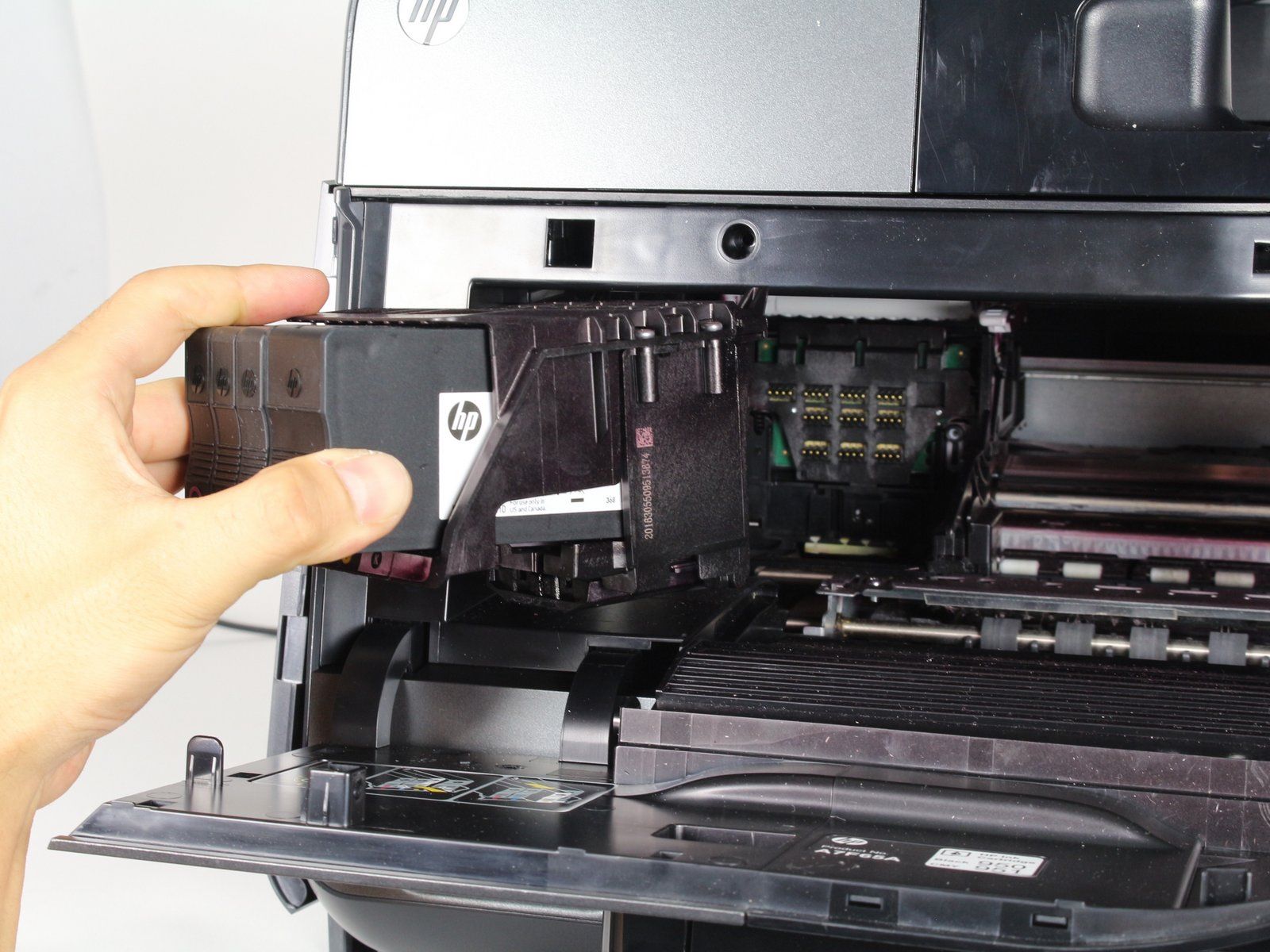
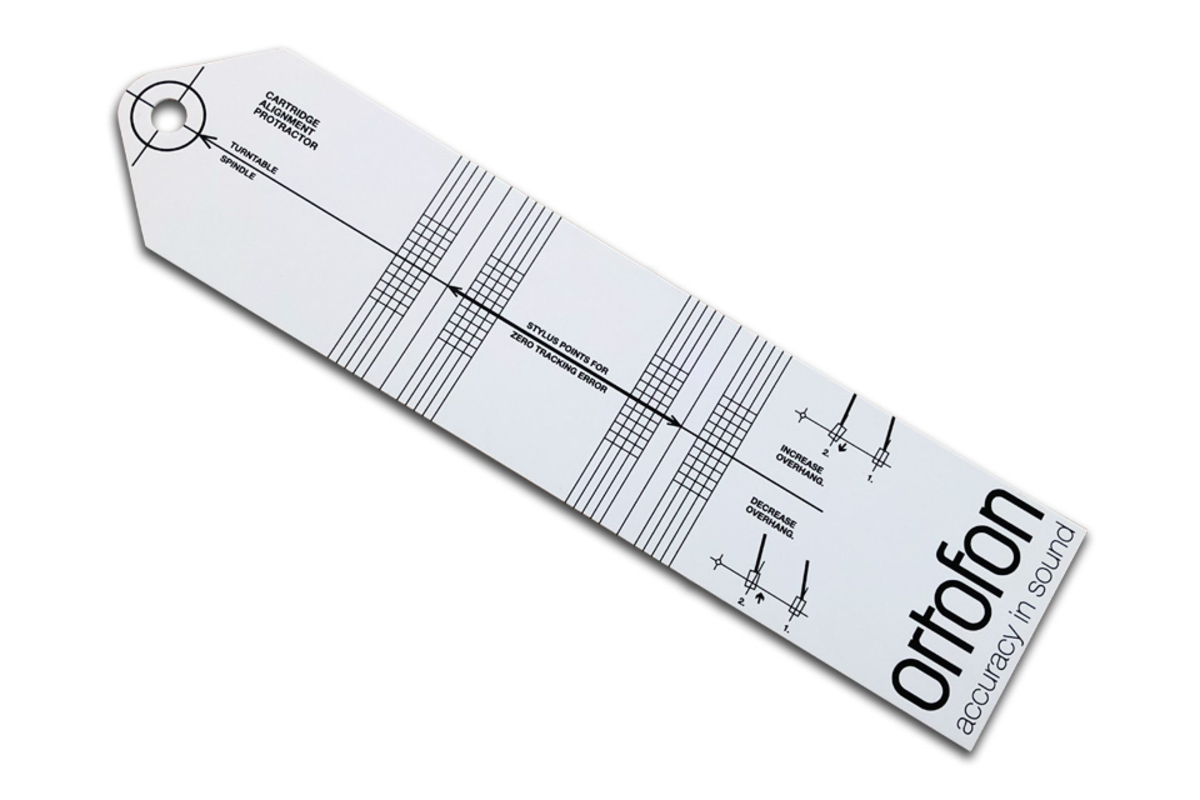
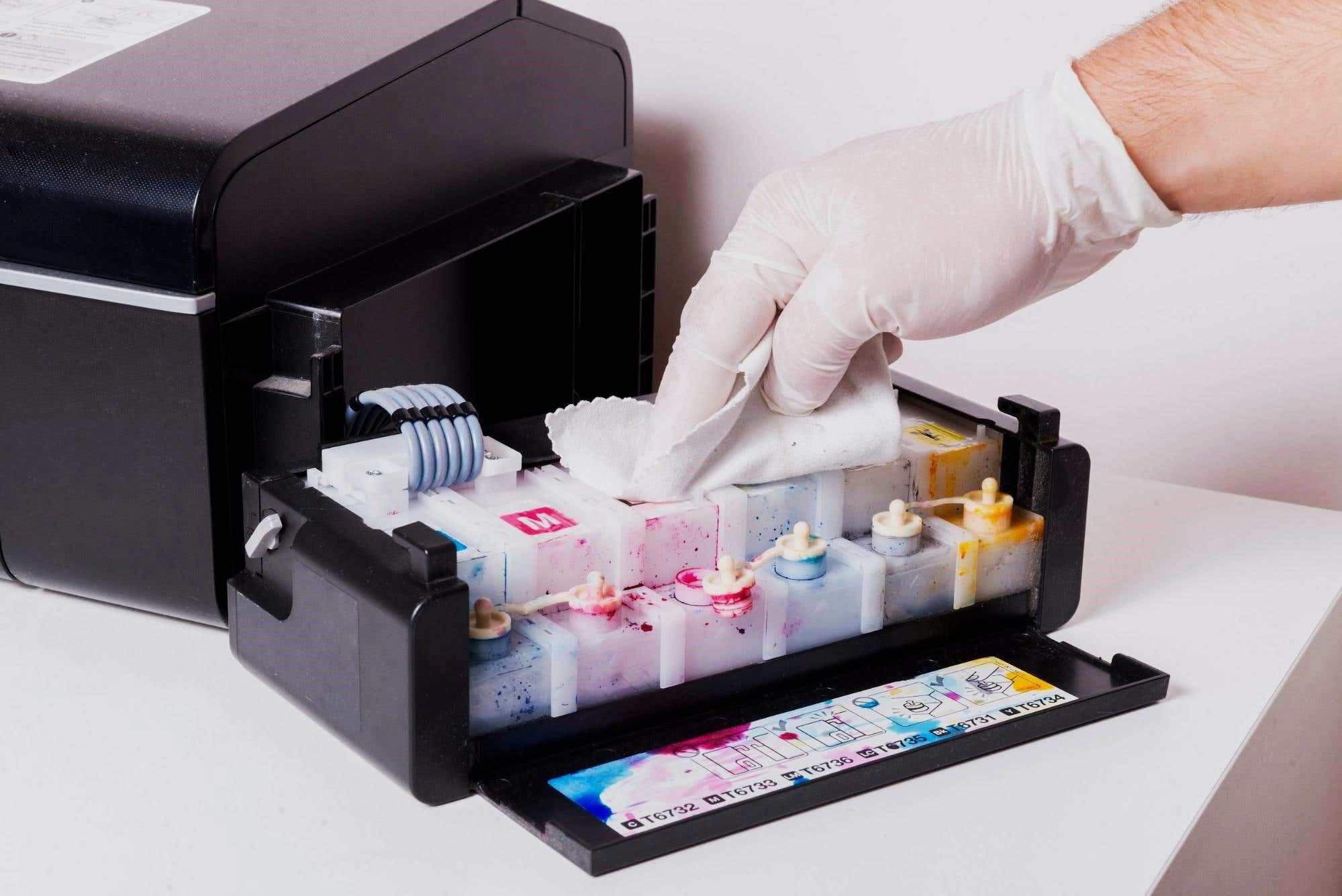
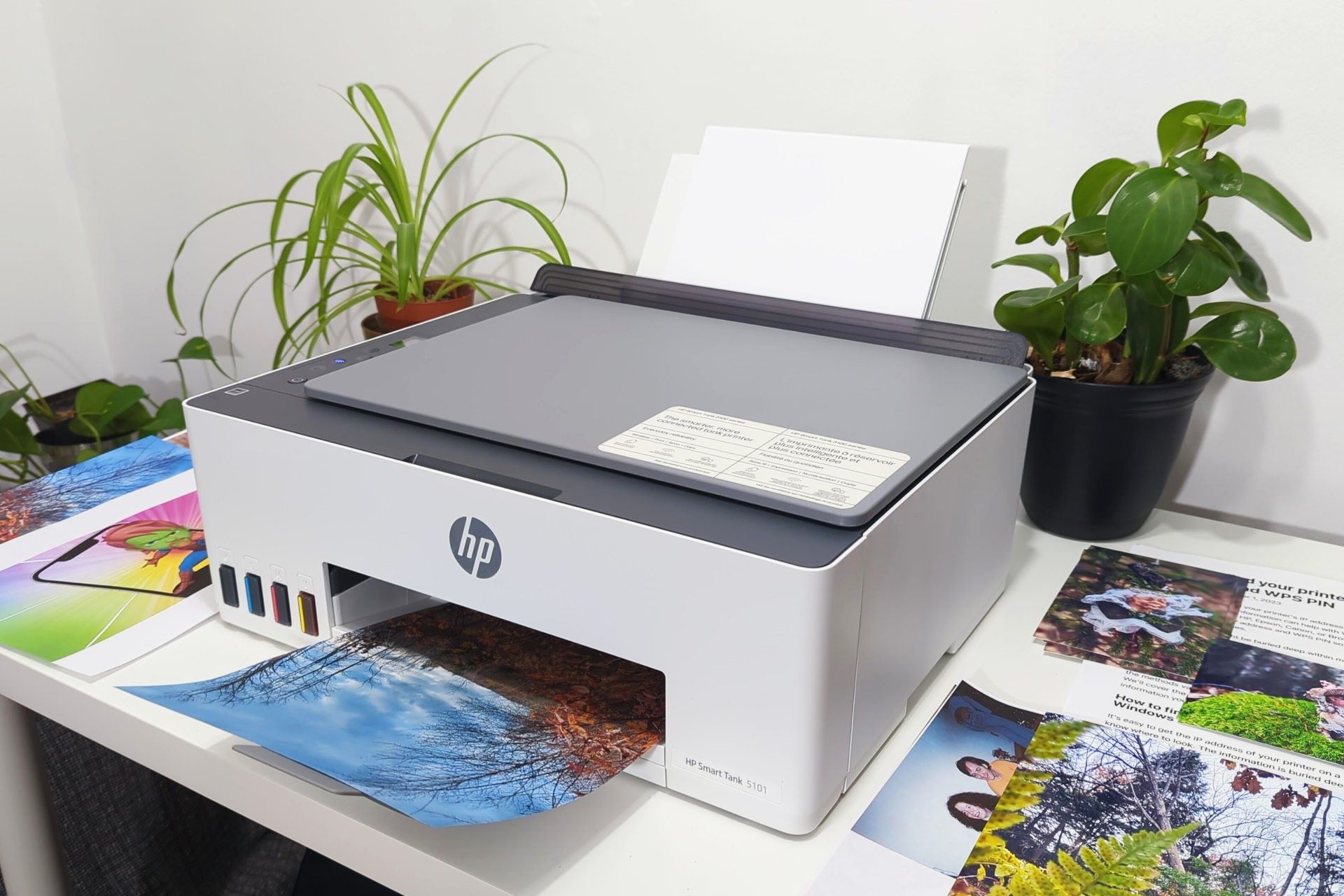
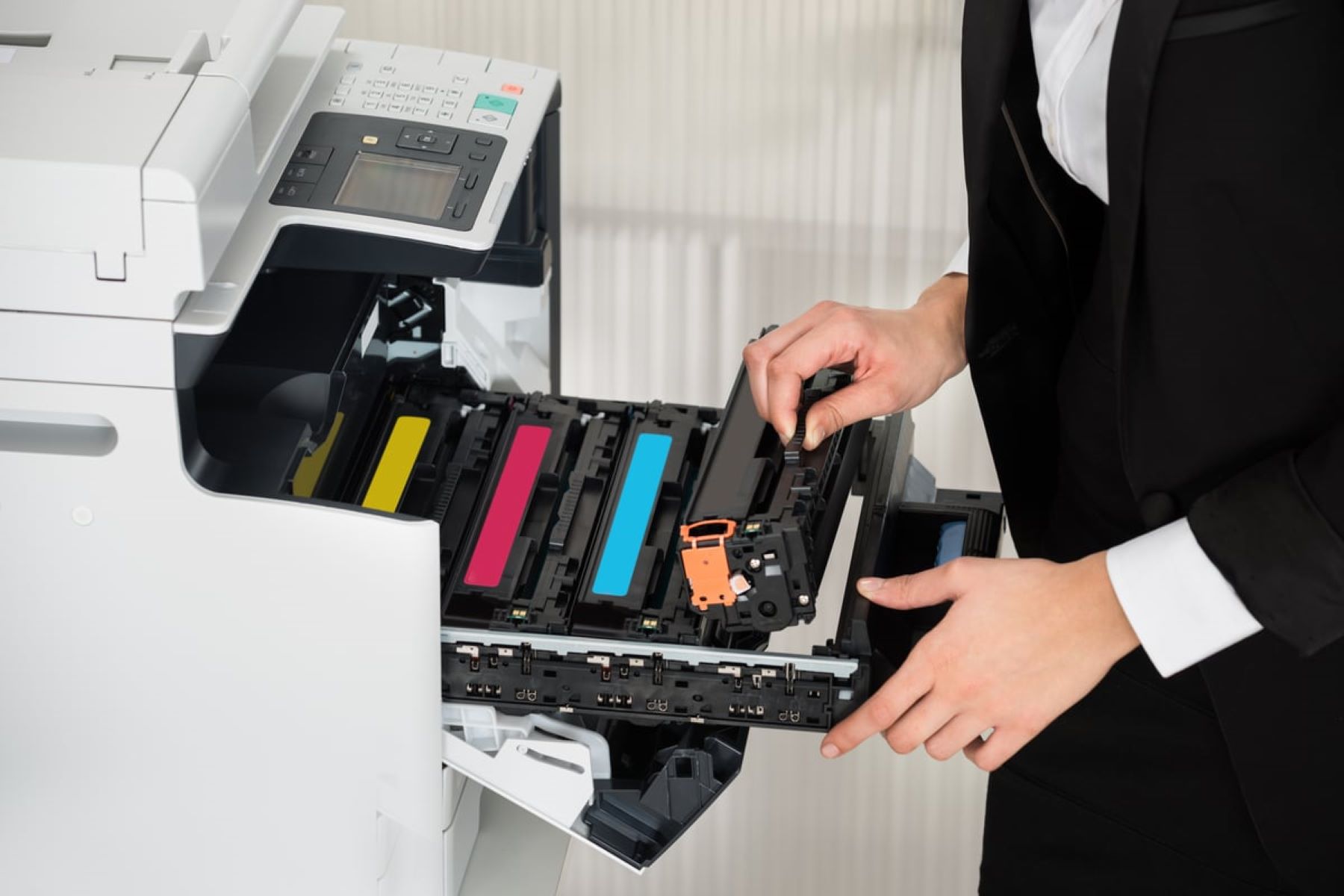
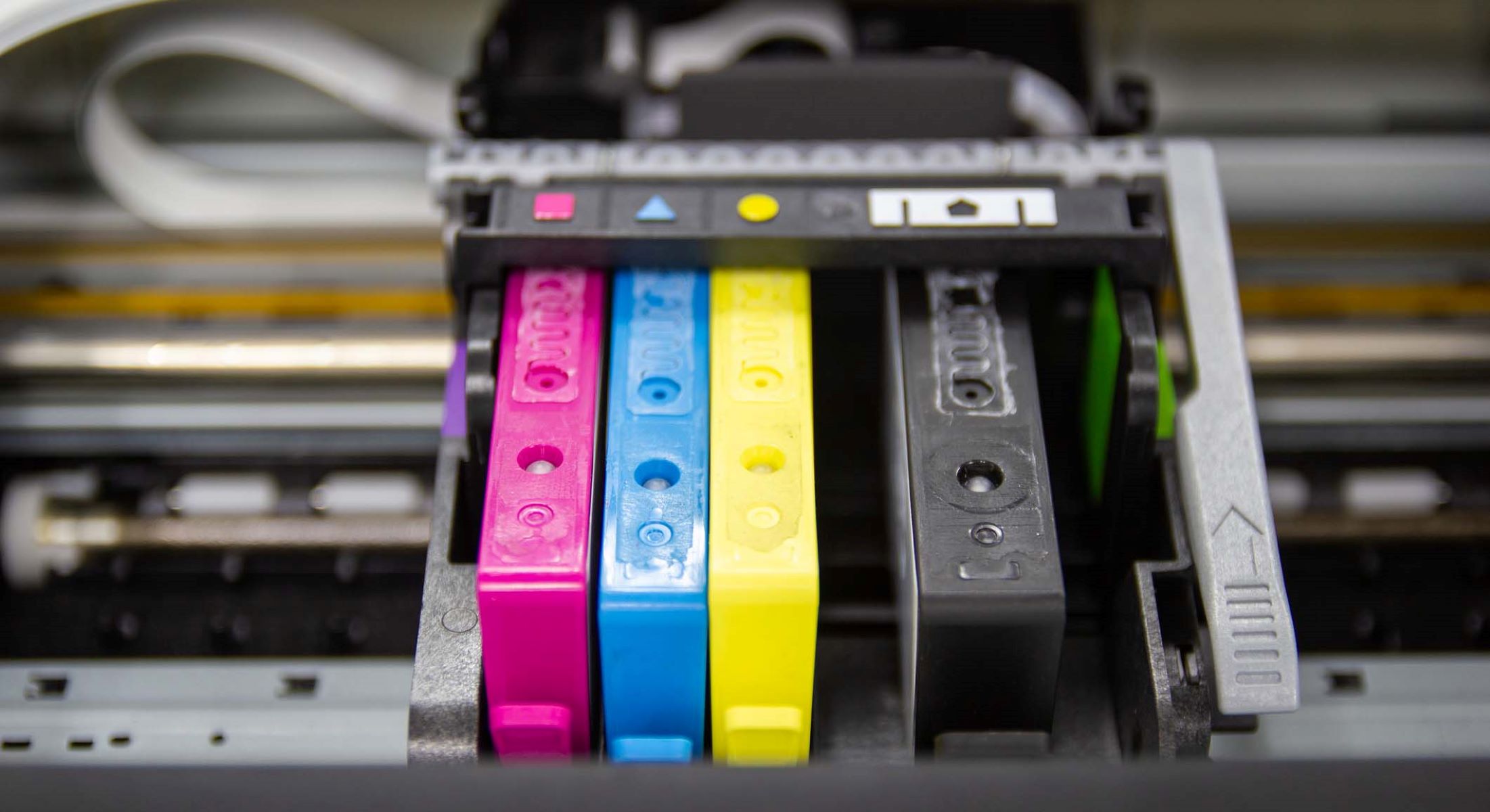
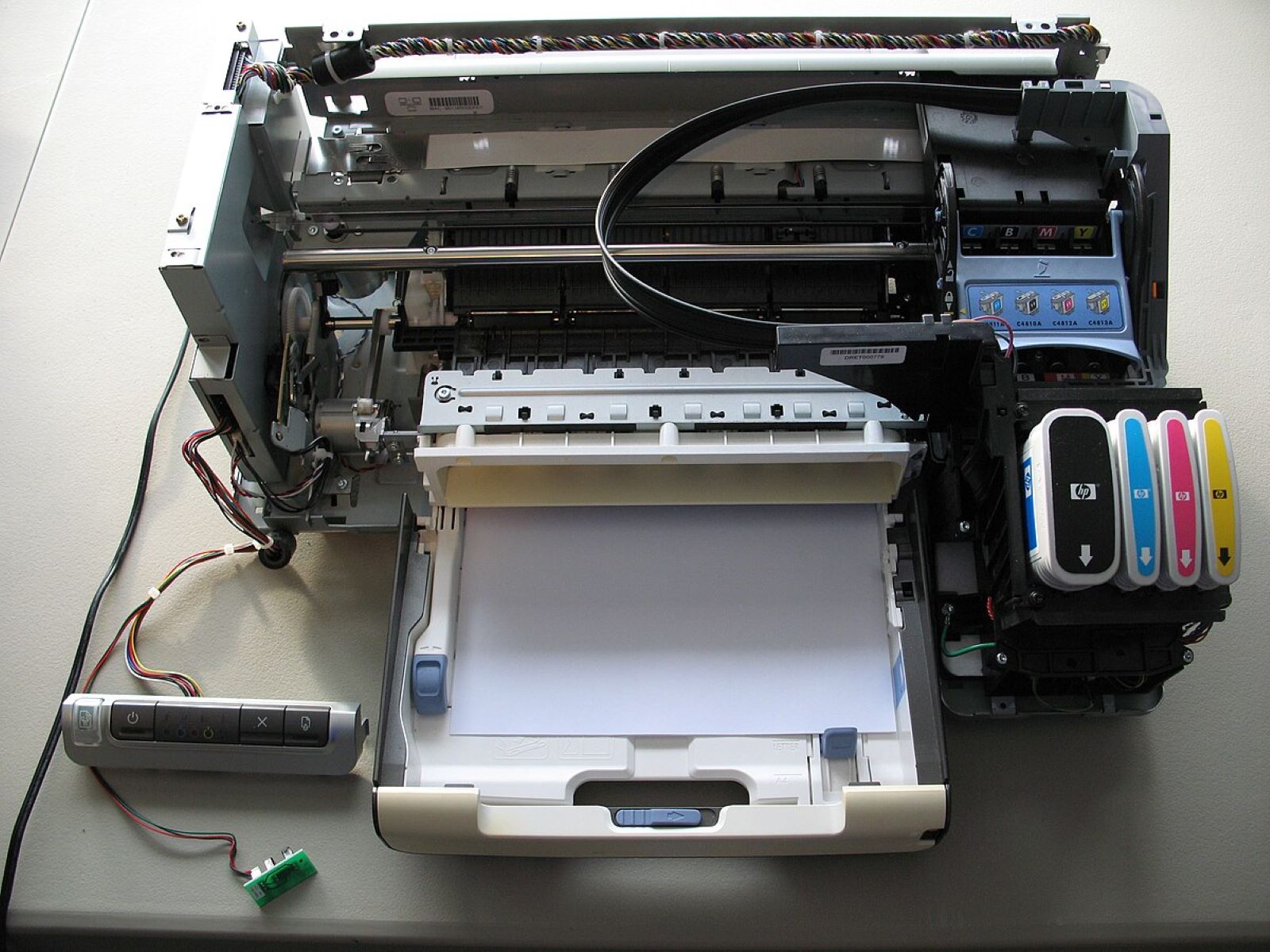
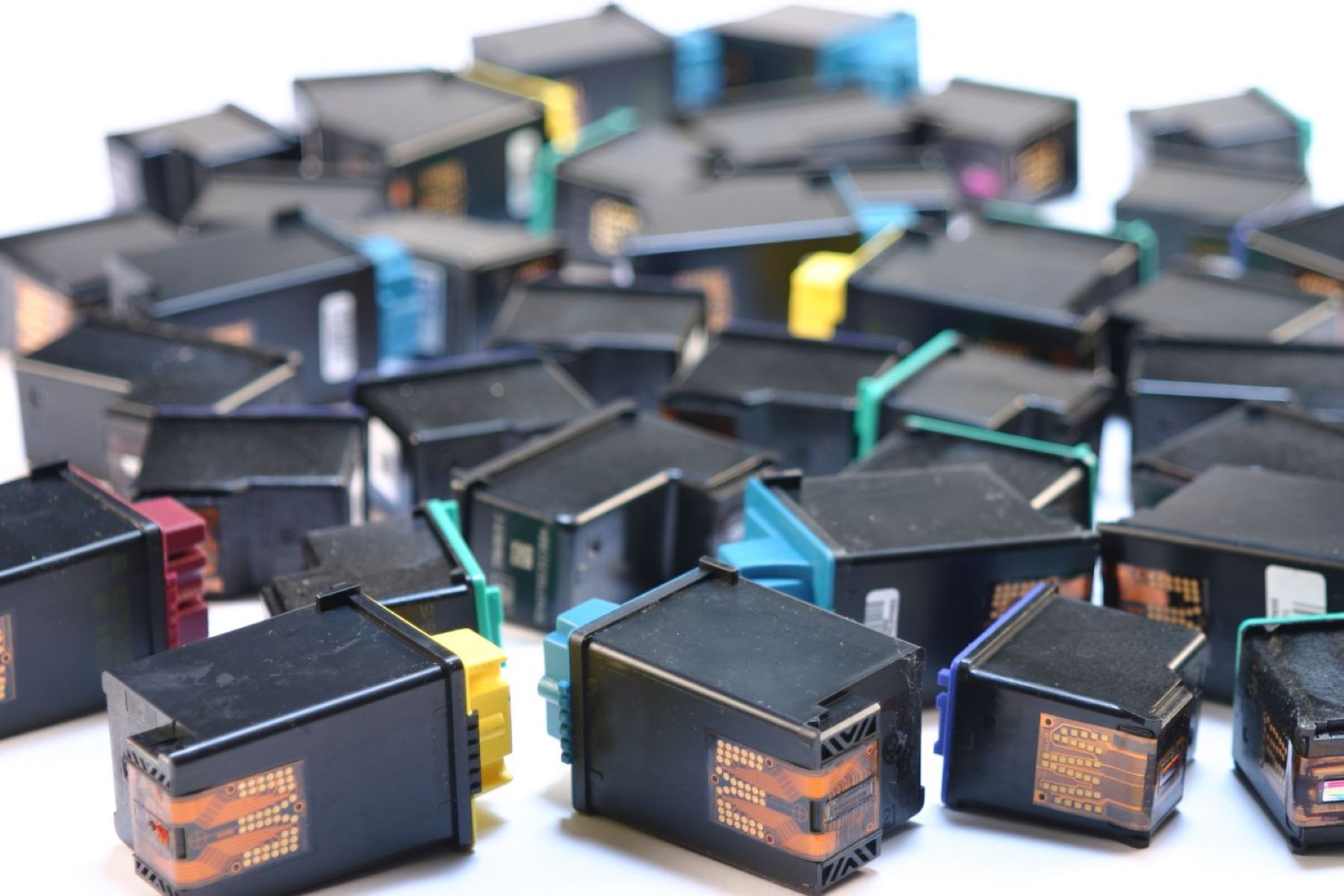
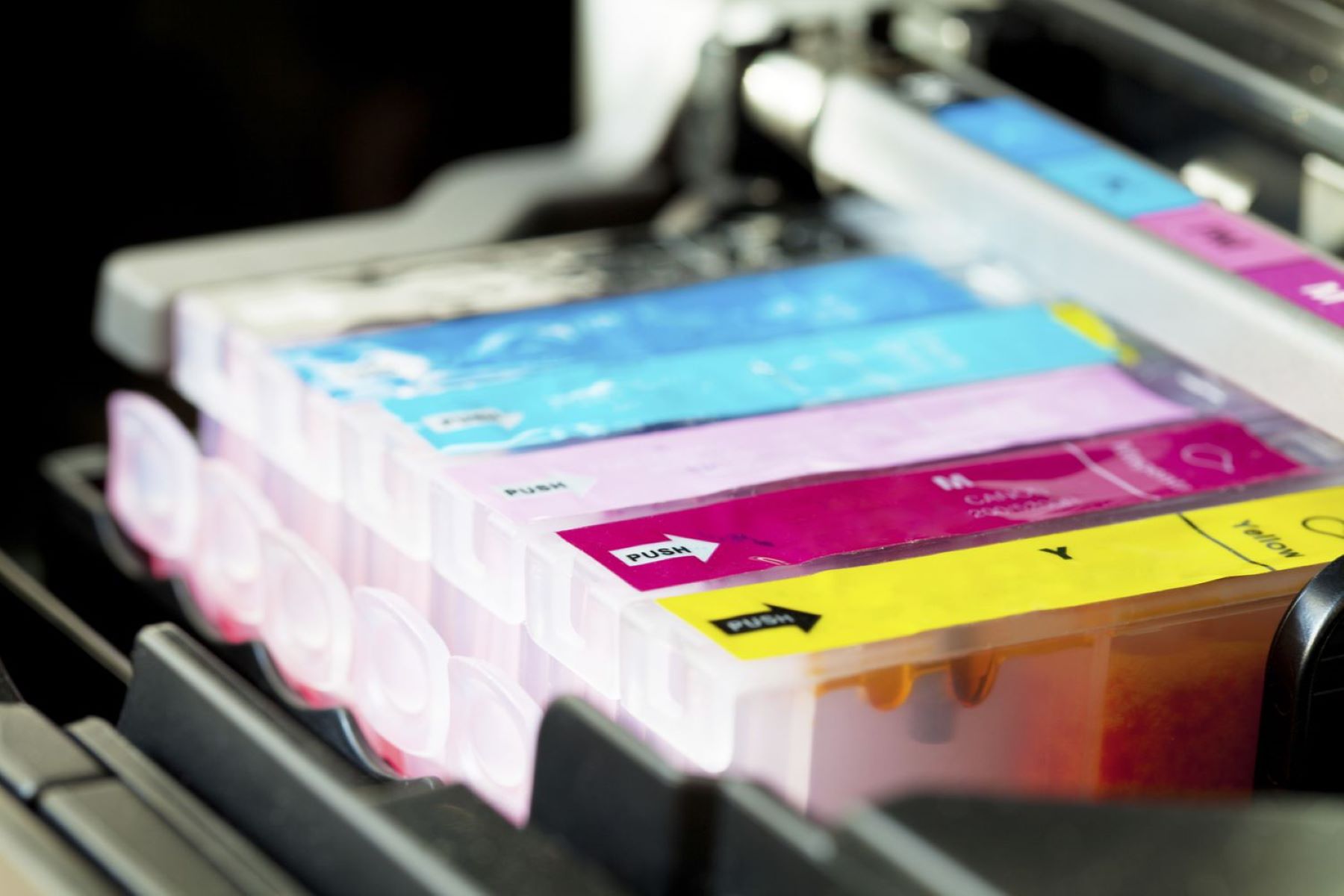
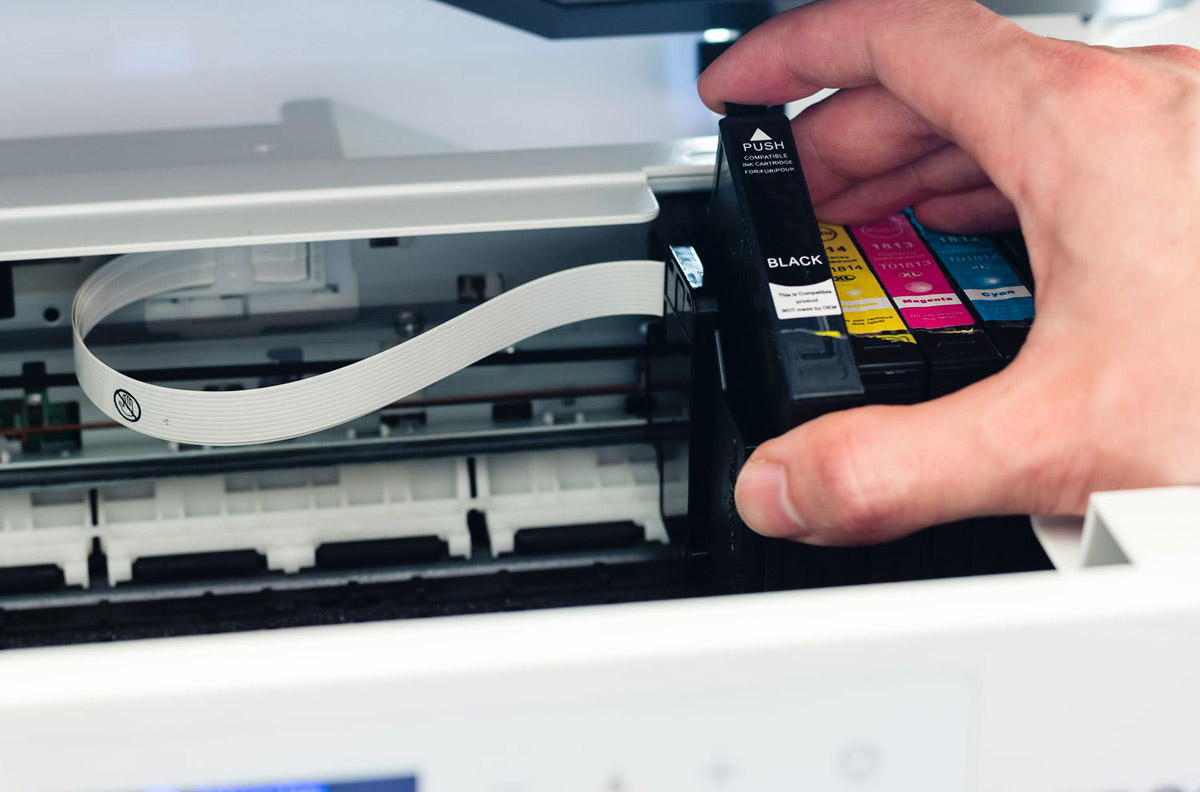
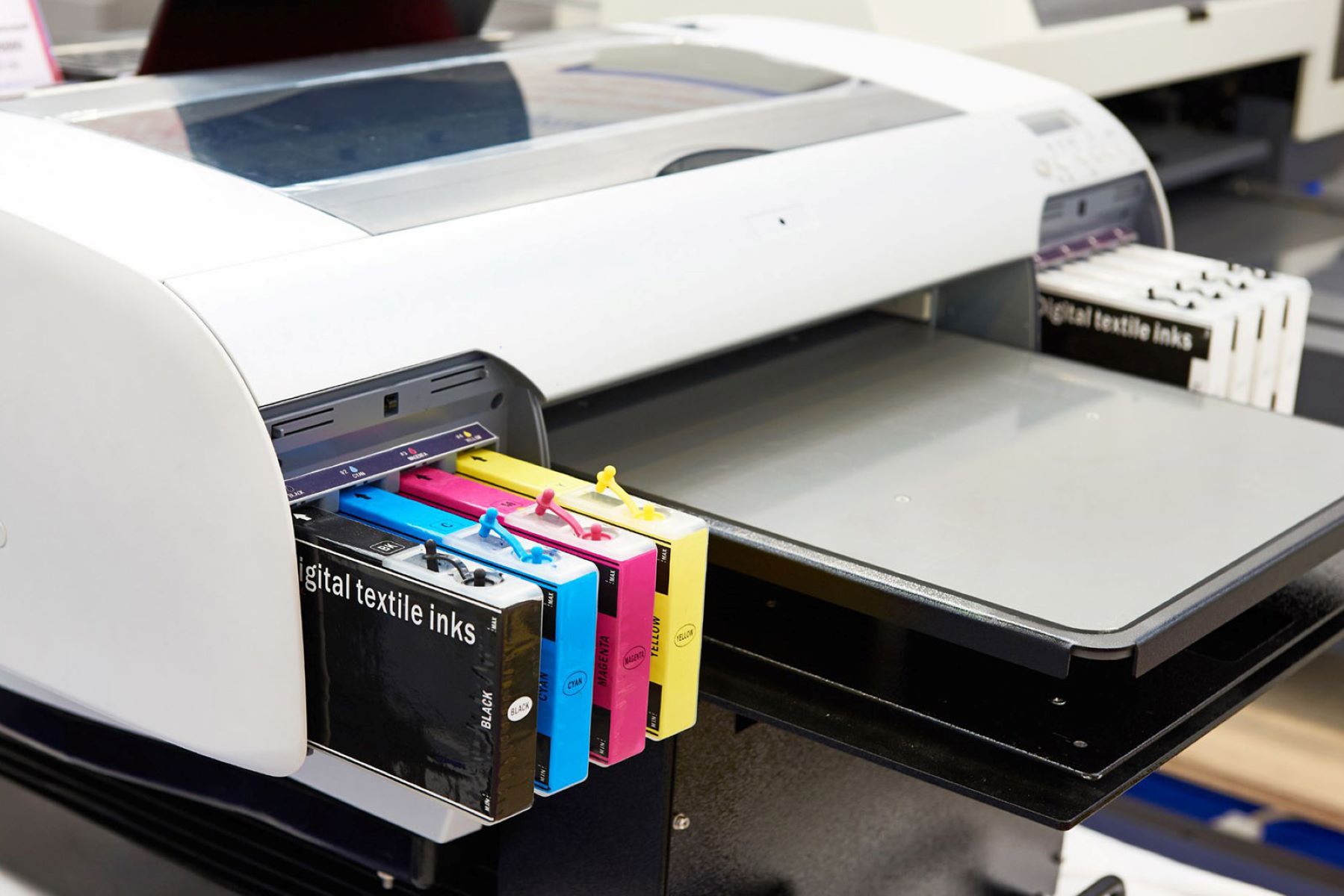
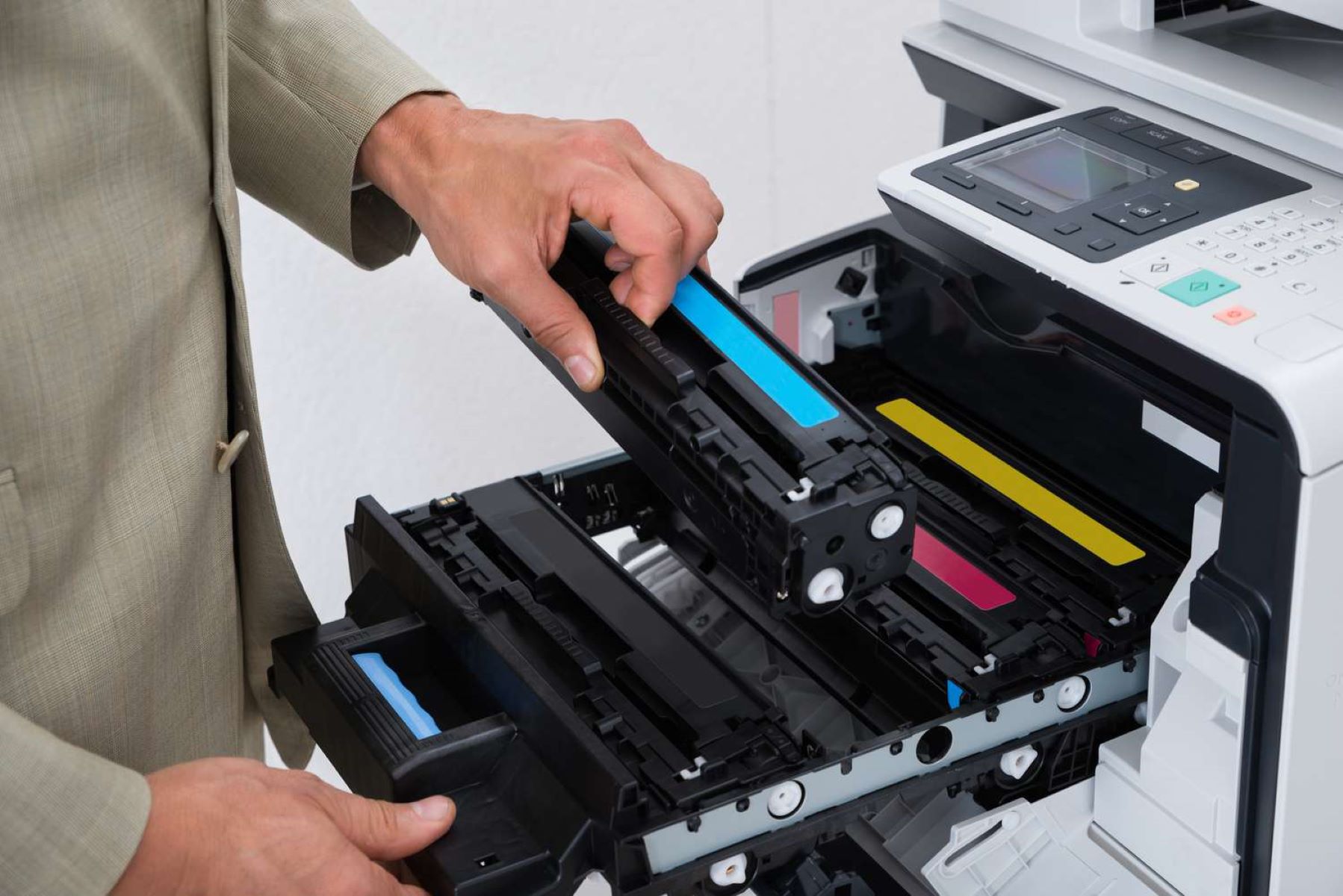
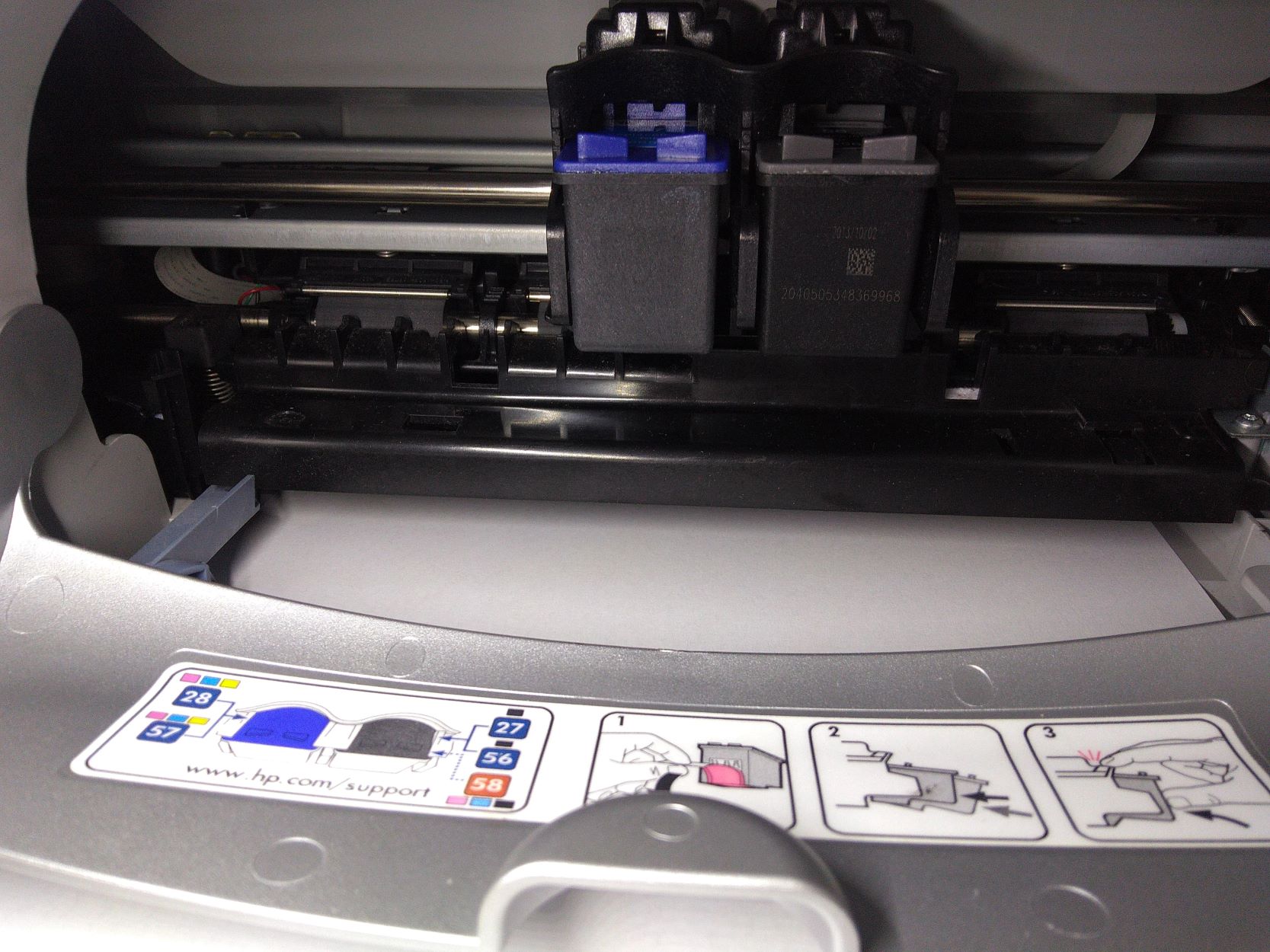
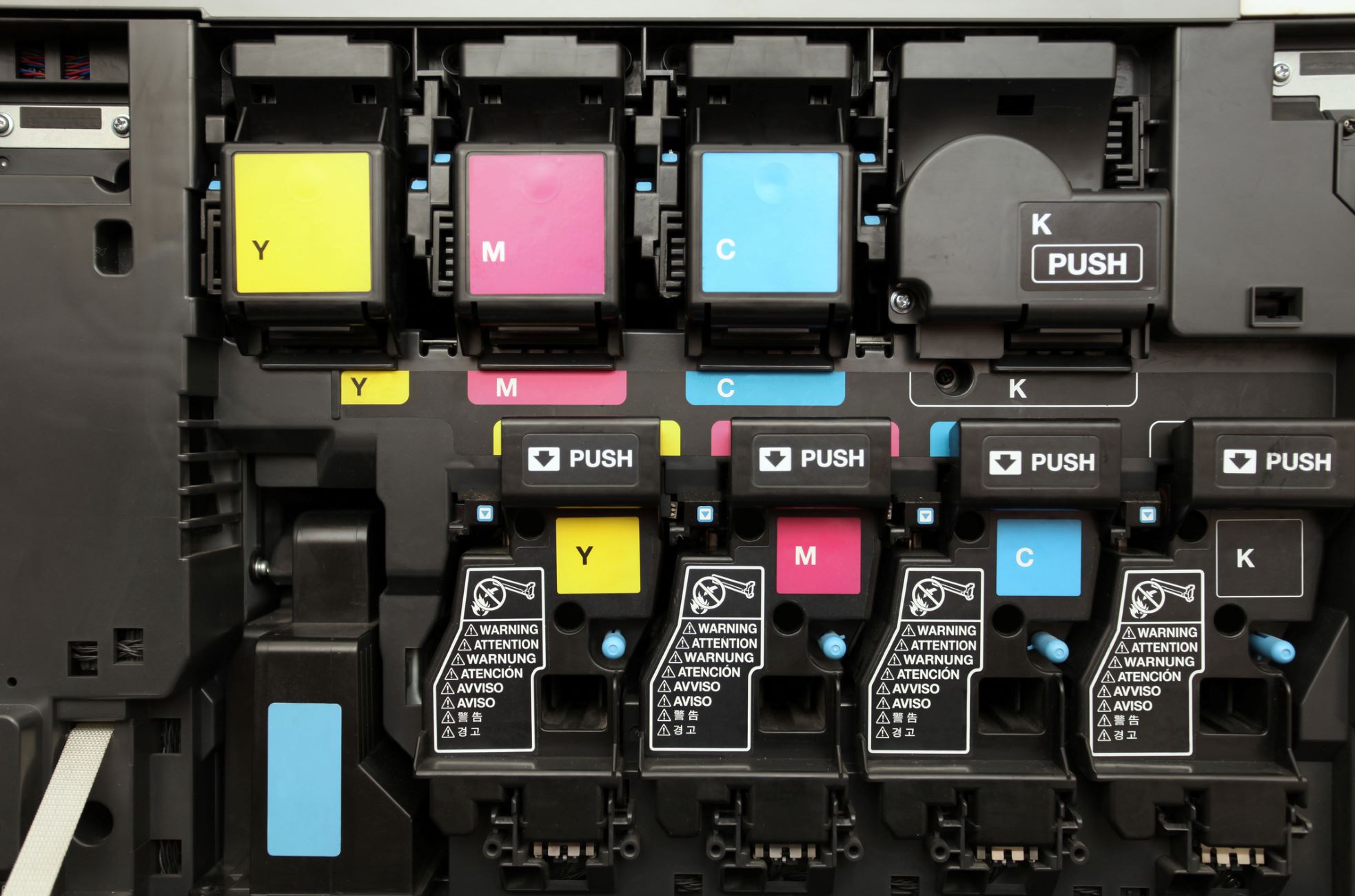

0 thoughts on “How To Align Printer Cartridge”